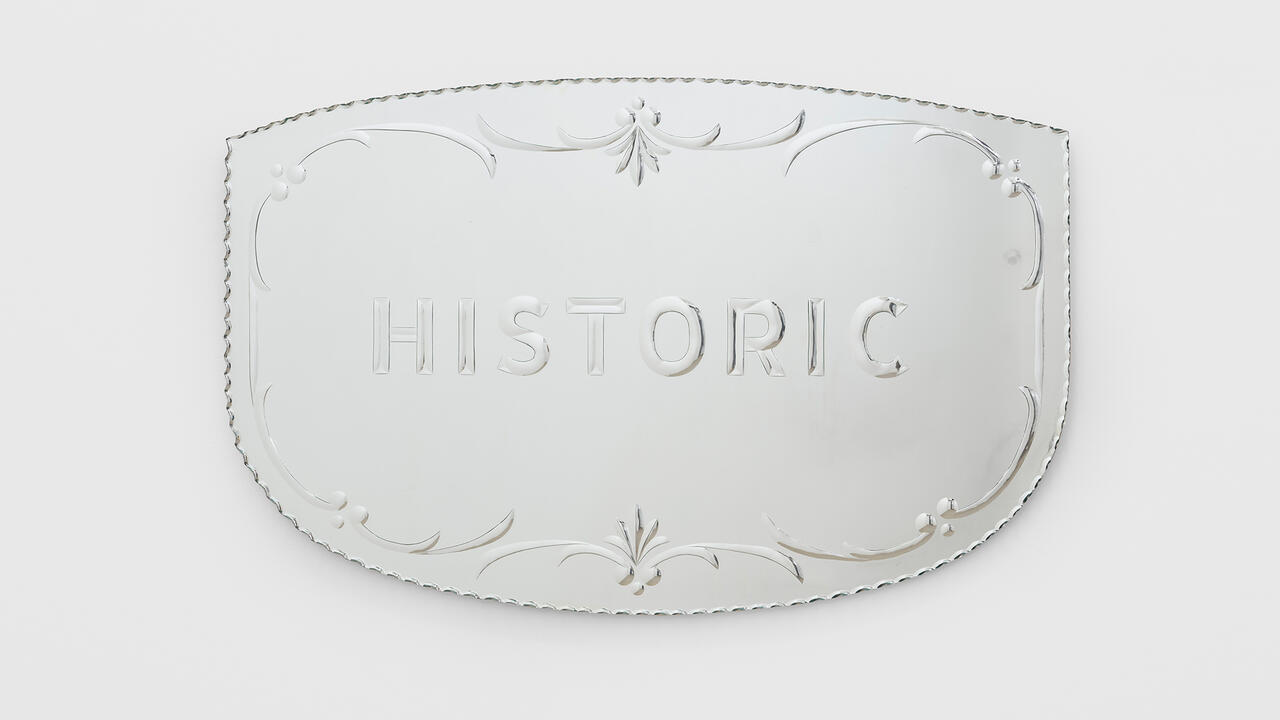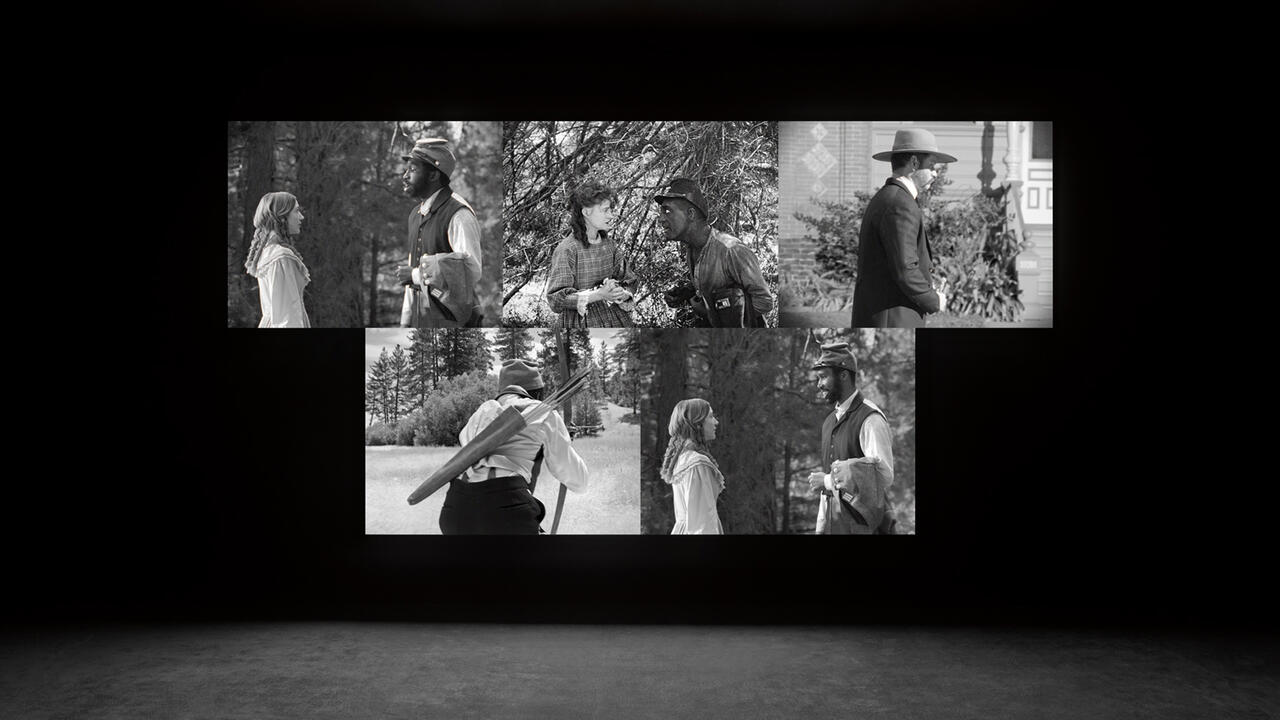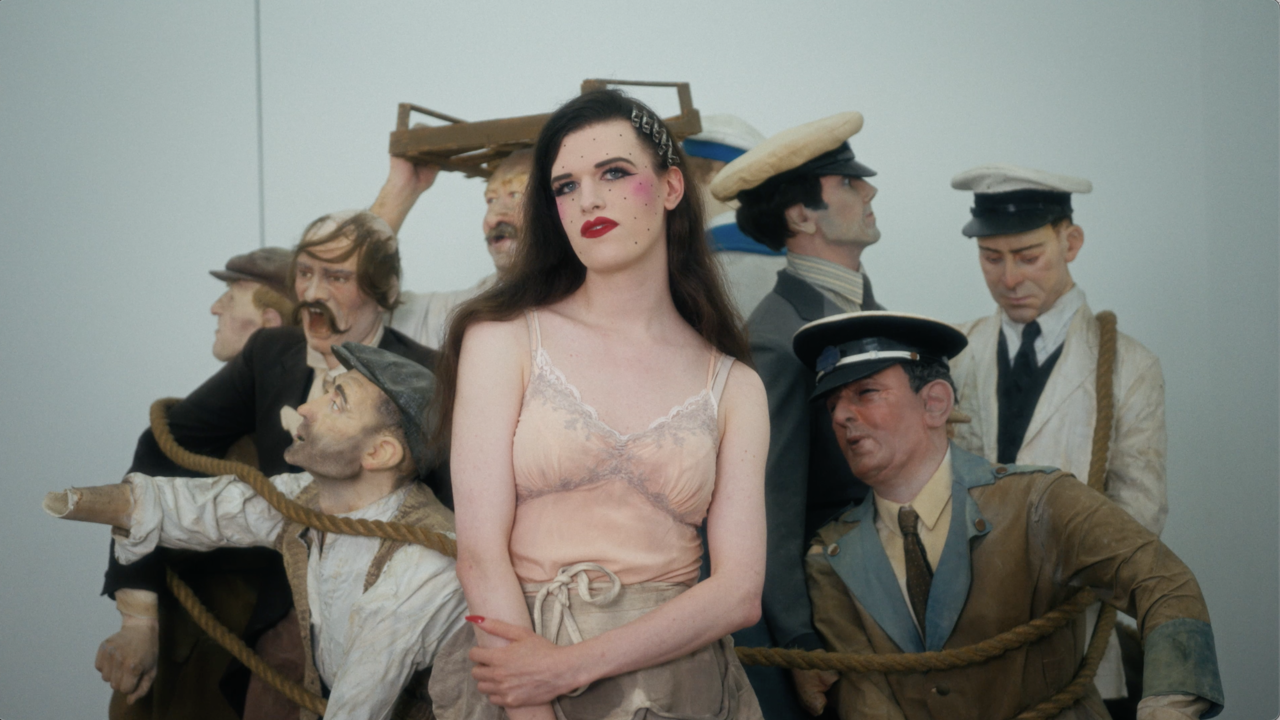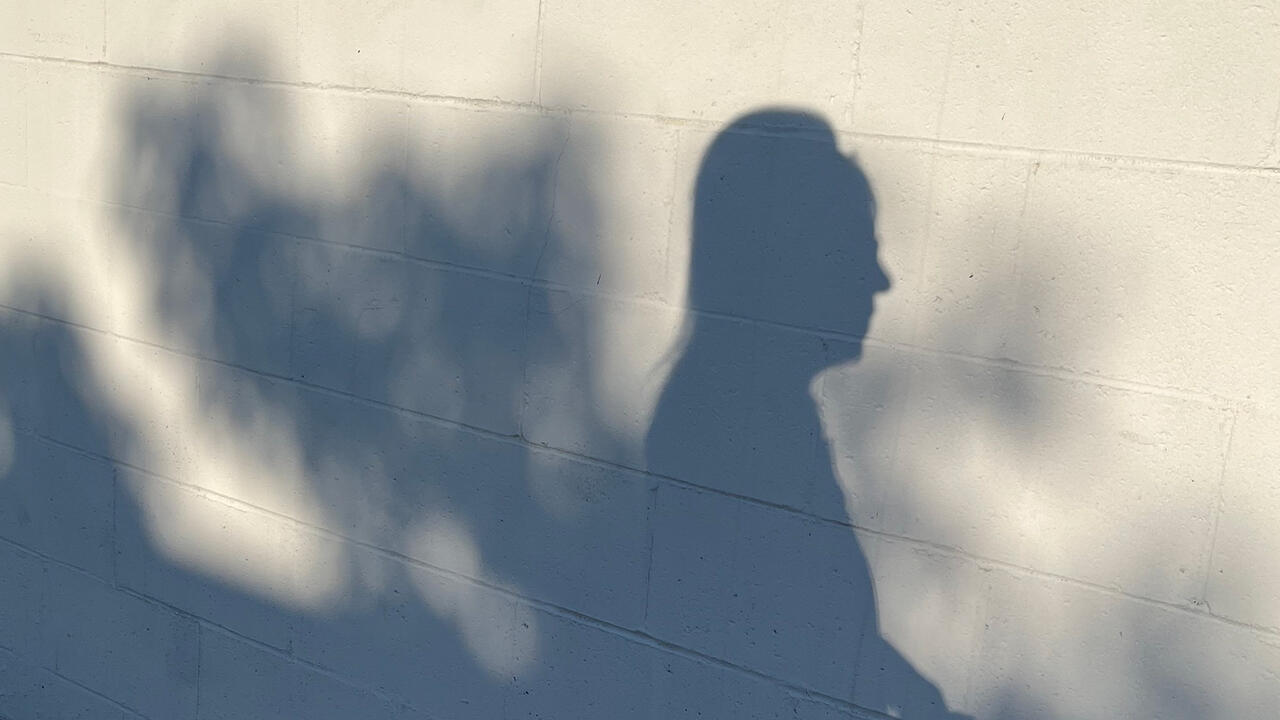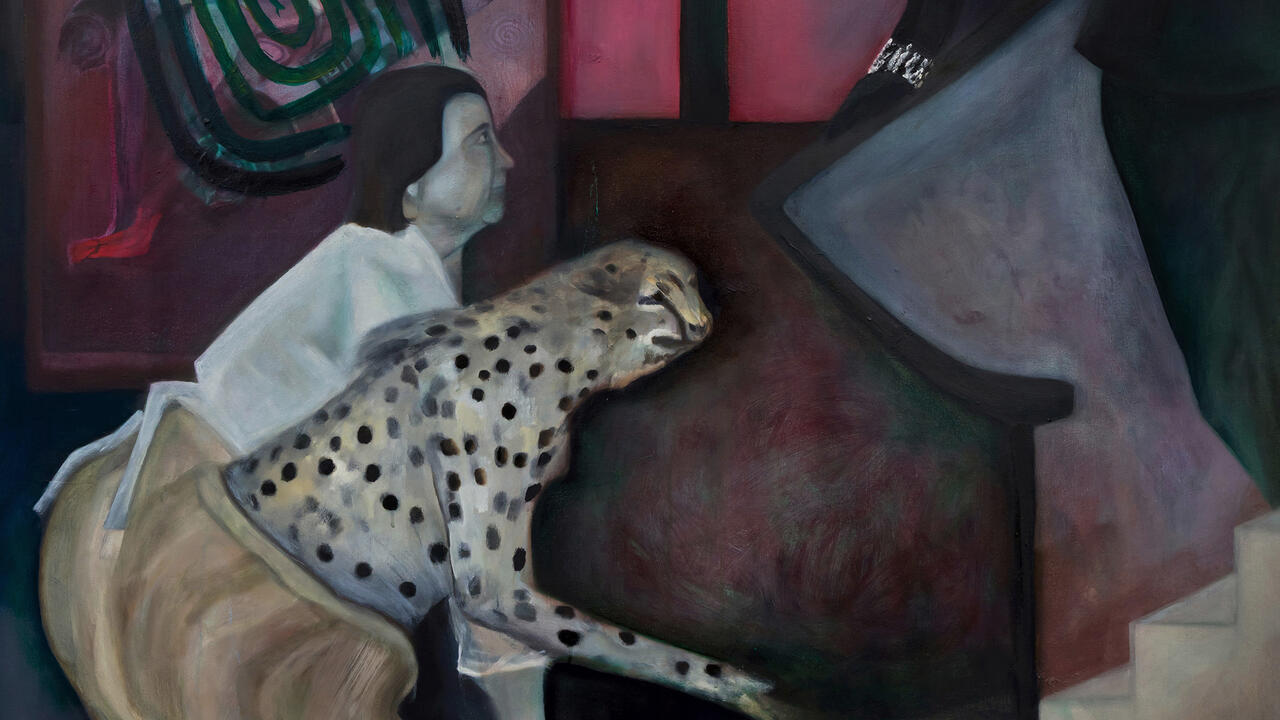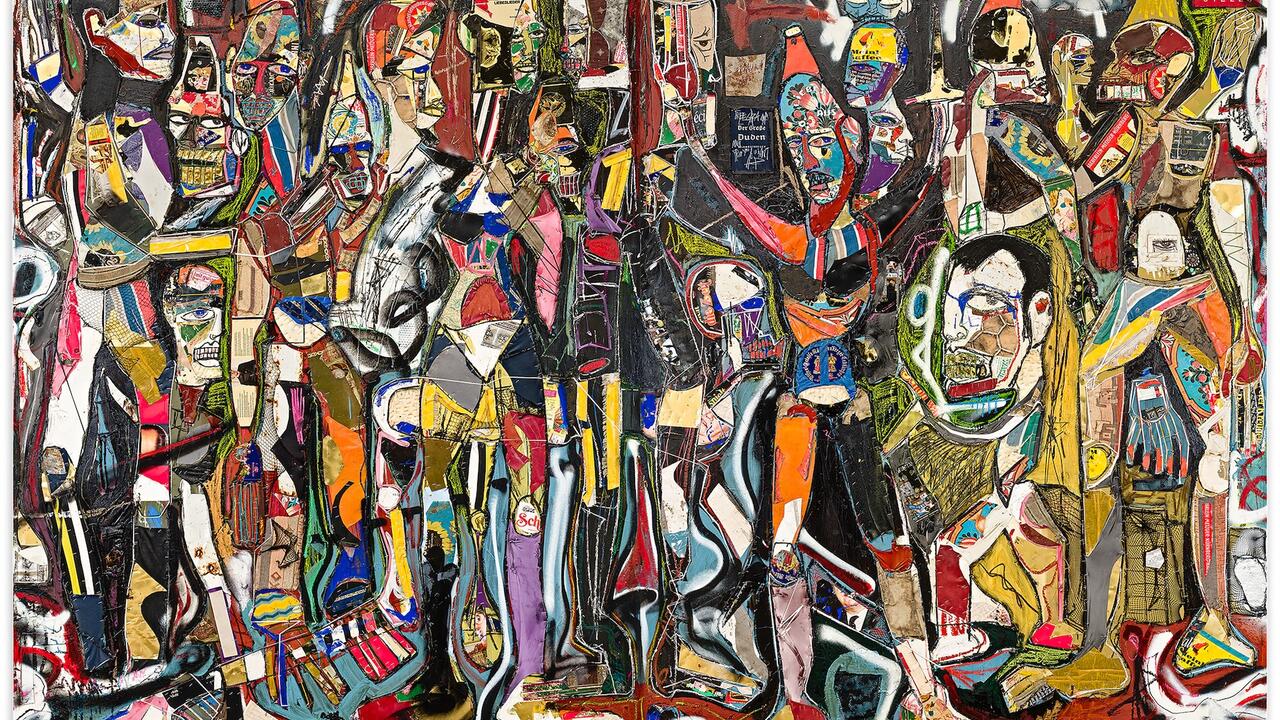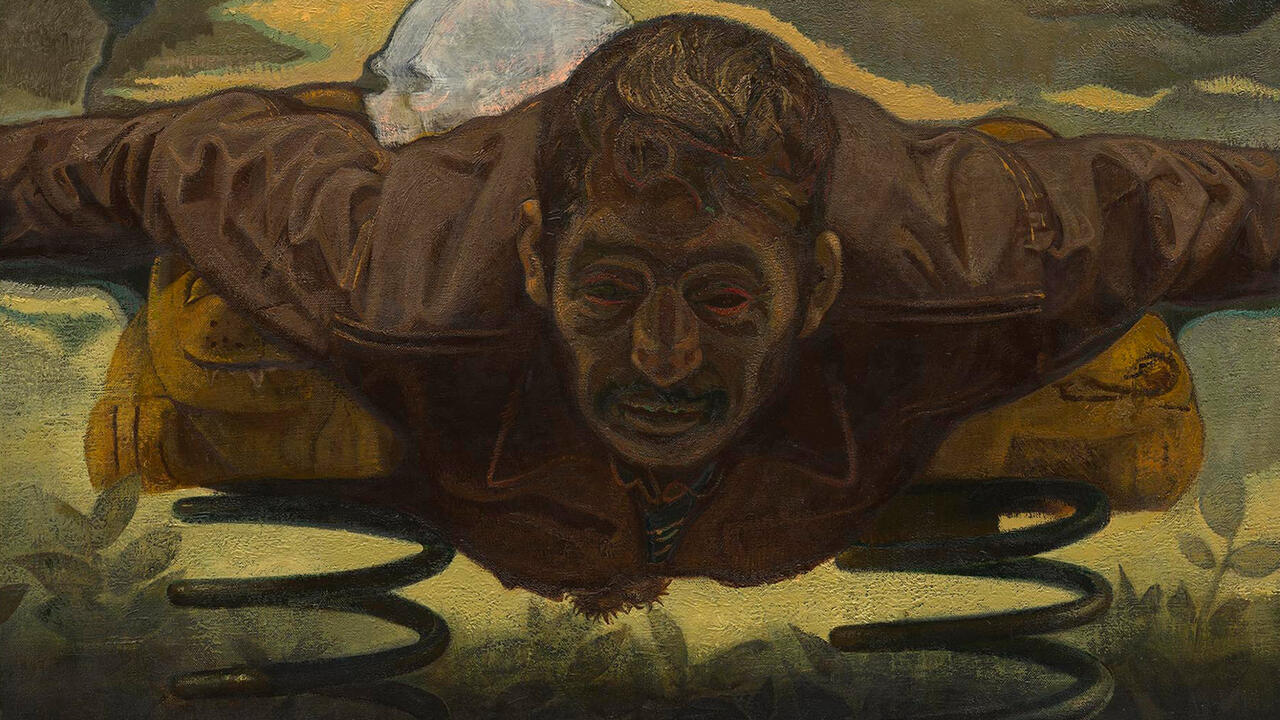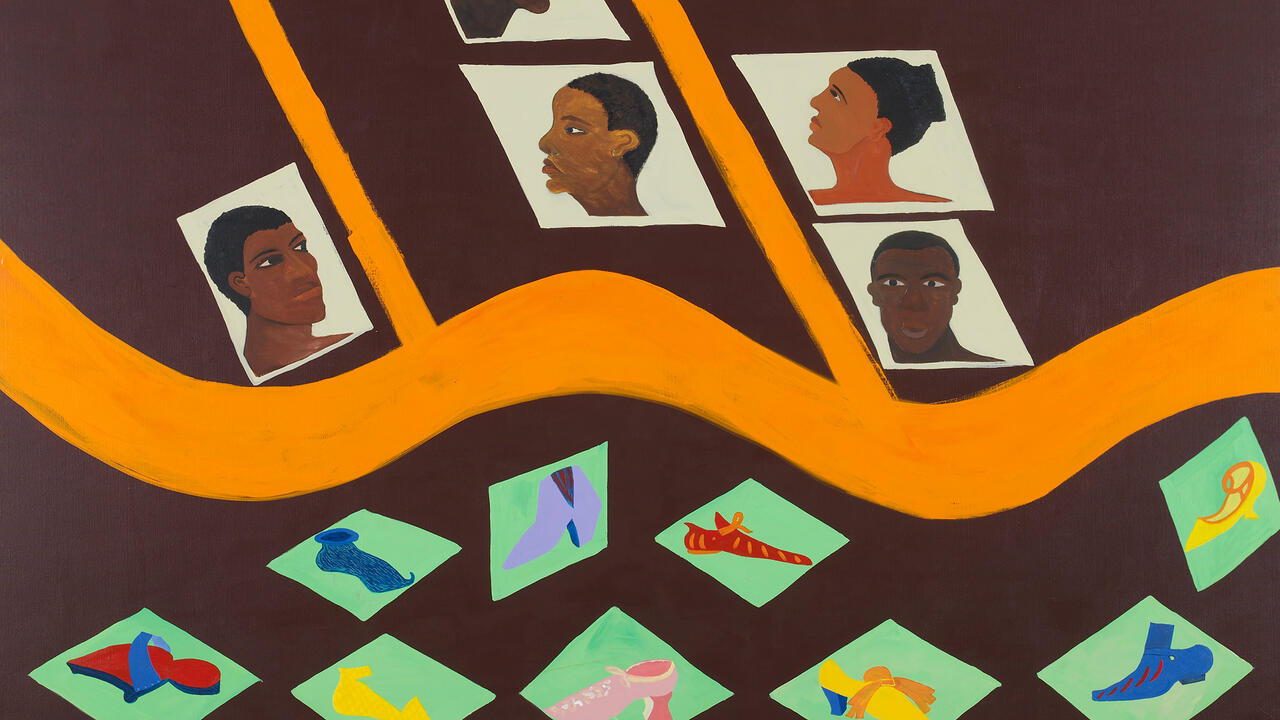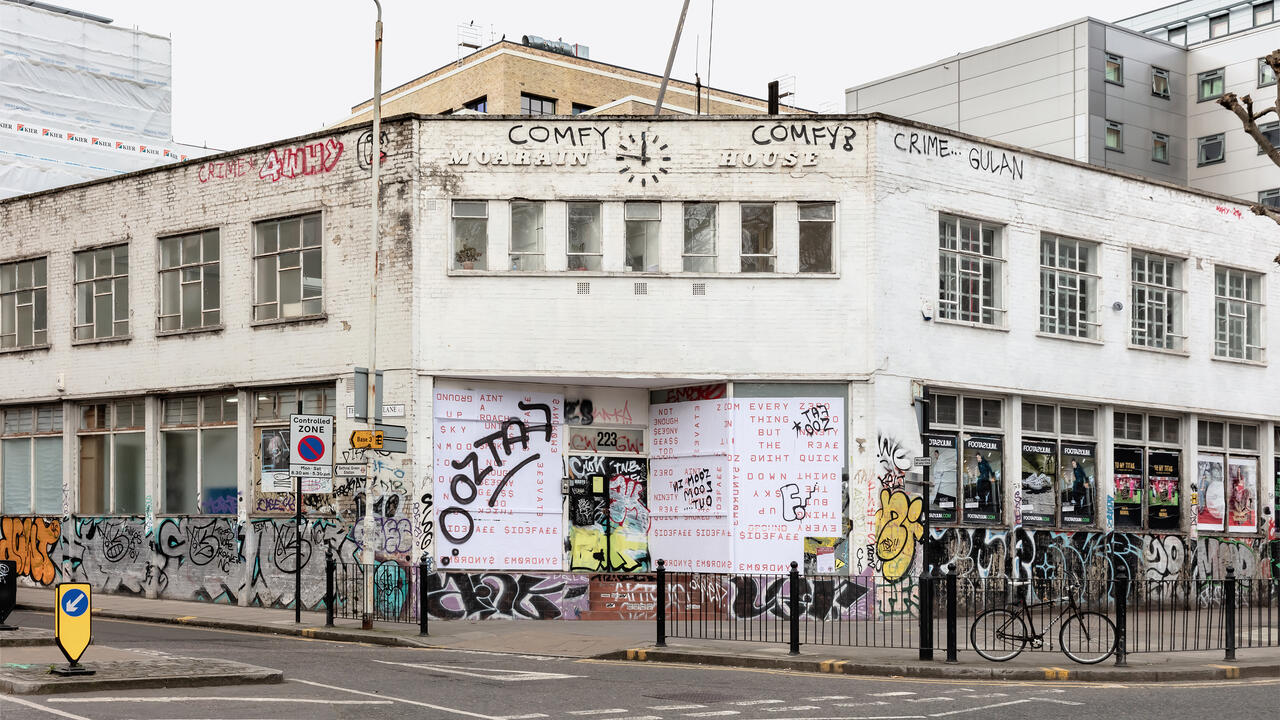In Focus: Nick Goss
Drifting, dreaming and drowned worlds
Drifting, dreaming and drowned worlds

The title of Nick Goss’s show at Josh Lilley, London, earlier this year was ‘Green Lanes’, but the paintings are undoubtedly blue. Not just in terms of their palette – which ranges from the ribbed underbelly-of-sunlit-clouds haze of Bloom (all works 2015) to the inky shadows of Chips Out – but because they are tinged with a certain midnight mournfulness, which comes from showing interiors with no one in them, hinting at presences that have just slipped away. (Joseph Cornell coined the term ‘blue-aille’ – like a lovesick grisaille – to describe the effect that he hoped to induce by blue-tinting his work.) The ‘Green Lanes’ paintings are based on the glimpsed interiors of social clubs along the eponymous road in Haringey, London. Once a drover’s path for herding cattle from the fields of Hertfordshire to the slaughterhouses of Smithfield Market, since the 1950s the area has been home to the city’s largest Turkish-speaking community. Semi-public and often domestic in scale, these clubs are dressed in the signifiers of a far-away home: faded posters of Atatürk or Galatasaray strikers, nazar amulets and flags. In a sense, they are blue spaces – of longing, memory, even loss – but, adorned with potted palms and beaded curtains, they are also exaggerated gestures of self-exoticization: spaces in a kind of drag.
Such details are clearer in Goss’s source material – the photographs he takes of these interiors and his smaller, detailed preparatory sketches – but are washed out, often literally, in the larger-scale canvases. (‘Most painters make a quick sketch and then build up the painting,’ he tells me. ‘I am always taking things away, using less and less of the original image.’) Part of this, I think, has to do with the artist’s awareness of his position as interloper in these clubs, and his desire to avoid a sense of quasi-anthropological voyeurism. His frequent recourse to framing devices – doors, windows, architectural details – and overlaid patterns, prints or washes of colour, which act as veils, keeps both painter and viewer at bay, reminding us that these spaces are not performing for us but for the people who use them. (Figures appear in these paintings as suggestions: the curve of a shoulder or the pattern of a shirt.) Goss might also be playing a kind of game with the canvas, great swathes of which remain blank throughout the series: how much paint do you need to create a room? Which elements are key? The effect is an atmosphere of transience – canvases are never quite complete and interiors are always someplace else.
Blue, for me, is the colour of drifting – of waterways washing out and washing up – which is how these paintings seem to accumulate: in fragmentary, diaphanous layers. They are fixed by points of specific detail – a book, a table, a chair – but these objects feel like unstable moorings: less anchors, more tiny tacks, holding the composition together for only the briefest of moments, as if the whole thing were about to disperse and float away. In Kaieteur Kitchen, a gaudy decorative arch is part-submerged beneath an inky wash that has, in turn, been overprinted with the knotted grain of tree bark. From a distance, it looks like the rippled surface of a moving stream, or a piece of driftwood that has come in on the blue tide.

Goss references the post-apocalyptic vision of a submerged London in J.G Ballard’s The Drowned World (1962), which opens with a description of the protagonist camped out in a suite at The Ritz Hotel (one of the few buildings still standing) among the art nouveau bronzes in the lavishly upholstered study, ‘savouring these last vestiges of a level of civilization now virtually vanished forever’. (Blue, we should not forget, is also a sci-fi staple, the colour of the future – from technological interfaces to the beams of light from UFOs.) The Turkish social clubs of Green Lanes, too, though in a less dramatic way, are places of lost objects – remnants and artefacts of cultures left behind. At the extreme, Ballard asks what becomes of a crocodile-skin desk in a world without pens, without people to write.
The ghostly white paint drifts (Parado, Beechwood Bureau II) and floating, repeated printed motifs derived from decorative or organic elements (the wood grain in Kaieteur Kitchen and Haller’s Azalea; the twist of a beaded curtain in Rose Ringed and Canary) mimic the way in which the clubs and cafes of Green Lanes are spaces overlaid with memory and fantasy, images of elsewhere. (In The Poetics of Space, 1958, Gaston Bachelard emphasizes this shape-shifting quality of the places we inhabit: they fit to our dreams.) In earlier bodies of work, Goss has featured characters from Wim Wenders’s 1987 film, Wings of Desire, in which solemn-looking, grey-overcoated male angels fill their hours listening to the thoughts of men and women whose world they occupy unseen from a parallel black and white reality. The artist’s 2012 exhibition at Josh Lilley, ‘Tin Drum’, depicted cut-outs of characters from the film within paintings of various day-to-day interiors, while last year’s group show, ‘Colony Room’, at Simon Preston Gallery, New York, included a group of white, totemic sculptures created by folding and casting these same cut-outs. The ‘Green Lanes’ paintings evoke one scene from Wings of Desire in particular, in which the angel Damiel stands in the caravan of the trapeze artist Marion – the mortal object of his immortal affections. He observes the things with which she surrounds herself: family photographs, a print of an ink-block geisha girl, record sleeves. At one point, he picks up a rock from a small pile she has collected and, in a moment of beautifully dated analogue trickery, the rock appears both as a spectral apparition in the angel’s hand whilst remaining on the sideboard below. For a moment, two discontiguous worlds overlap. The recognizable objects in Goss’s paintings are similar touchstones – anchoring his fluid, oneiric spaces in present realities, if only momentarily.
The nebulous layers remind me of the quietly spectacular ‘Hoarfrosts’ made by Robert Rauschenberg in 1974–75: lengths of unstretched, gauzy fabric bearing the tidemark-like imprints of newspaper texts, photographs and sketches, sometimes containing clippings of paper or lengths of string, and simply pinned to the wall. Rauschenberg’s inspiration came from the cheesecloths used to clean lithography stones in print workshops, which he noticed kept a trace of the transferred imagery; many of Goss’s paintings use screen printing, often re-using the same screen to the point of exhaustion. In the ‘Hoarfrosts’, as in the ‘Green Lanes’ paintings, the specificity and everydayness of certain elements is diffused by a sense of ephemerality or fragility – and an association with the shroud – that hints at the absolutes of mortality and impermanence: hoar frosts melt; green lanes are covered with black asphalt.
Goss has been experimenting with the fabric quality of canvas in his latest works – washing on fabric dye in large, hallucinatory swathes. He has also been working with photosensitive solution to produce cyanotypes of foliage and other objects. Given Goss’s painted worlds seem always to be haunted by elsewheres and beyonds, it makes sense that he should turn his hand to a medium long-believed to be able to summon the likenesses of ghosts. Wonderful chemical scars have formed where the solution has spread, like acid burns; in other parts, the canvas is crusted with the coarse salt used to fix the fabric dye. Perhaps the artist is returning to the surface after his adventures exploring drowned depths.
Nick Goss is based in London, UK. In 2015, he had a solo exhibition, ‘Green Lanes’, at Josh Lilley, London, and his work was included in group shows at Turps Banana and Drawing Room, both in London. He will have a solo show at Simon Preston Gallery, New York, USA, in January 2016.









